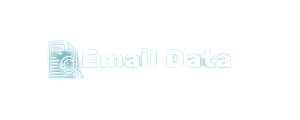.Which is the best note-taking method for you? There are hundreds of different ways you can take notes — but not all are created equal. The most effective note-taking methods will help you not only understand the concepts you’re learning better, but help you easily revisit and revise the material easily when exams roll around. But the best one for you can depend on your subject/topic, learning style, and even how your lecturer teaches. So, here’s an overview of the best note-taking methods for college students, how to apply each, and when you should (or shouldn’t) use each one. 1. Note-taking method The Outline method The Outline Method is one of the most structured note-taking methods, and visually looks very organized. Add your main points as bullet points, and elaborate on them underneath. For any piece of supporting information, create a nested bullet point below it.
When to use this note-taking method
Remember to keep your points brief, preferably around one sentence per point. The finished note should look similar to an outline. The outline method is ideal for when you need to jot down information quickly, like during lectures or meetings. With its clear structure, you can easily see the hierarchy of information, and what ideas correlate to which point. Pros: Highlights Algeria Mobile Number List key points of the topic Allows you to group related points together Highly structured and visually organized, making it revision friendly Cons: Not great for subjects that require many diagrams, charts, or visuals 2. Note-taking method: The Cornell Method The Cornell note-taking method is one of the most popular and renowned note-taking techniques, created by Prof. Walter Pauk of Cornell University in the 1950s. Your notes as you go along, rather than mindlessly jotting things down.

The smaller column on the left side is for comments
All notes from the class go into the main note-taking column. , questions or hints about the actual notes. After the lecture, you should take a moment to summarize the main ideas of the page in the section at the bottom which will speed up your reviewing and studying process immensely. The best part is that many people already remember and digest the information while they write Email Data a summary like this. Shown in GoodNotes Cornell notes are especially effective for studying, because of how easy it is to revise from afterwards. Pros: Helps you extract the main ideas. Writing the summary gives you a better level of understanding. When it comes time to revise Cons: Takes a bit more effort when taking notes.






